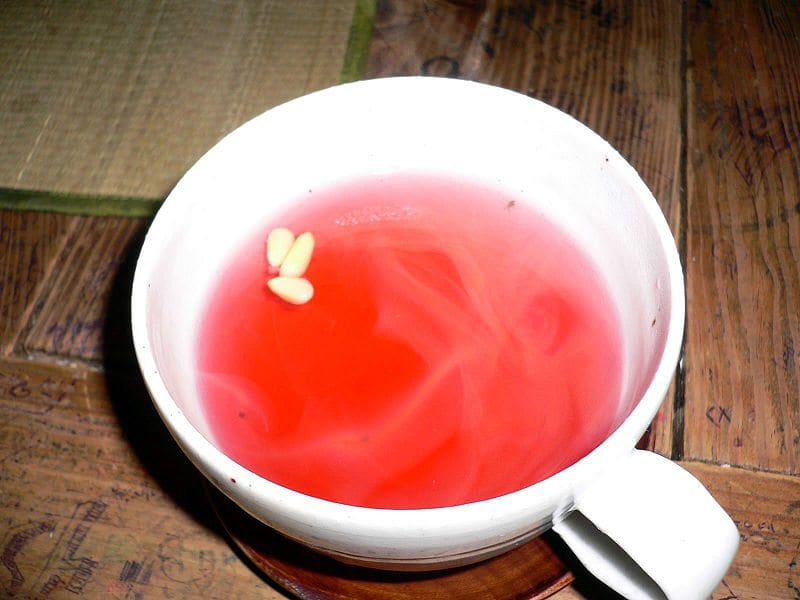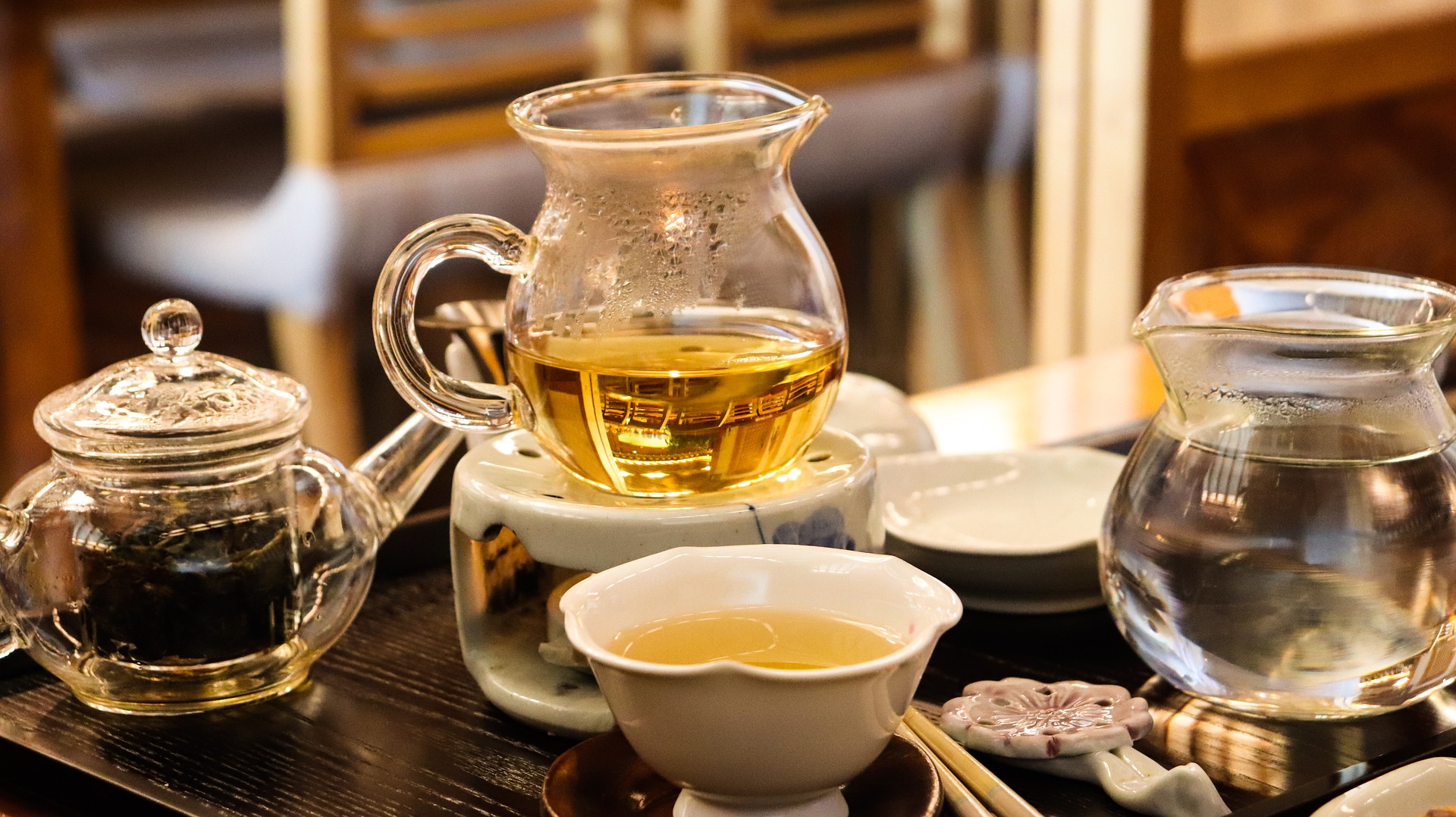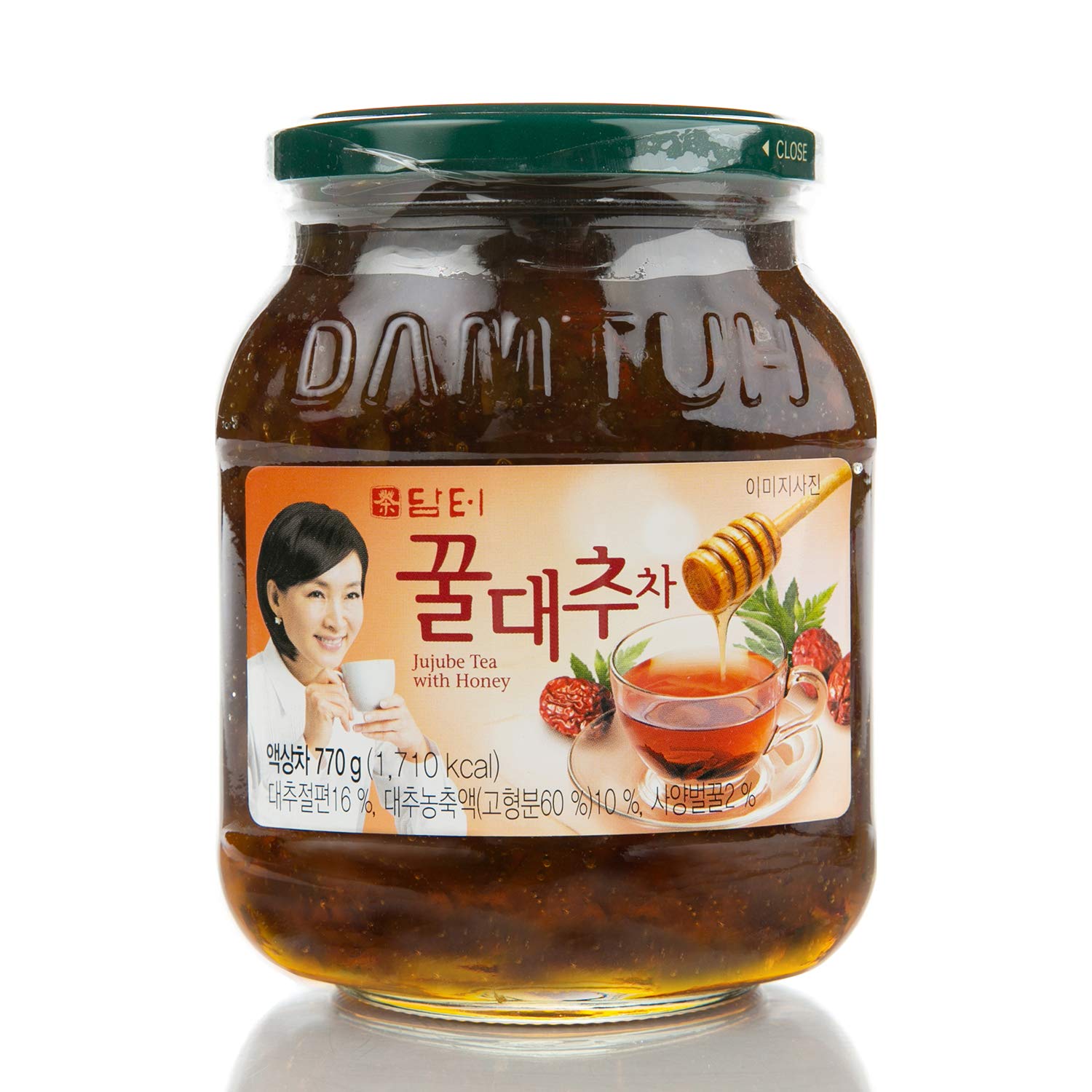
Guide To Korean Teas What They're Good For & When To Drink Them
In Korea, you will find teas made from leaves, roots, flowers, fruits, grains, edible mushrooms, seaweed, and more. So, let's learn about the different types of tea. Below, we only listed 10 types of Korean teas. You can find many, many more tea when visiting South Korea! Maybe, we will include further lists for you to try!

Korean Tea A Guide to Korean Teas Carving A Journey
While green tea is often considered one of the premier Korean teas, there are also fruit teas, flower teas, root teas and just so so many more. These days you don't even have to go to a tea house to get tea.

Korean Tea A Guide to Korean Teas Carving A Journey
June 3, 2023 Culture Welcome to South Korea, where tea is more than just a beverage - it is an integral part of the culture and way of life. From centuries-old traditions to modern twists on classic flavors, Korean tea has something for everyone.

Guide to Korean Tea Oriental Mart Korean tea, Health tea, Tea
01 Herbal Infusion Omija-cha SOUTH KOREA 4.0 Korea.net Ate it? Rate it Wanna try? Omija-cha is a Korean infusion made with omija —five-flavor berry. Also known as schisandra or magnolia berry, these small red berries are dried before they are used to make omija tea.

12 Best Korean Tea Brands for a Healthier Mind and Body
Leaf Teas Leaf teas are a delightful blend of boiled water and leaves. Each variety of leaf tea possesses a distinct and unique flavor profile, with some holding a respected place in diverse cultural ceremonies. 1. Bamboo Leaf Tea (Daennip-cha) ( Source : radfoodie )

8 Best Korean Tea Brands In 2023 Korea Truly
From traditional tea ceremonies to modern tea shops, tea has become a beloved part of Korean culture. Green tea grown in Boseong is one of the most sought after products. In addition to green tea, there are many other types of Korean tea to try (from barley to citron tea, there are many options).

8 Healthy Korean Teas To Enjoy Throughout The Year 10 Magazine Korea
There are three main steps to the Korean tea ceremony: Korean Fruit, Herbal & Other Infusions Flower Infusions Chrysanthemum tea - Gukhwa Cha 국화차 Lotus Leaf Tea - Yeonnip Cha 연잎차 Pine Needle Tea - Sollip Cha 솔잎차 Fruit Infusions Jujube tea - Daechu Cha 대추차 Plum tea - Maesil Cha 매실차 Five flavors tea - Omija Cha 오미자차 Citron tea - Yuja Cha 유자차

Guide To Korean Teas What They're Good For & When To Drink Them
It is often drank at home, and served in restaurants in place of water. Korean teas make use of all sorts of plants, including roots, vegetables, flowers, and fruits alike. Each carries distinct flavors and health benefits that can be enjoyed on different occasions.

Korean Tea A Guide to Korean Teas Carving A Journey
Tea culture continued to prosper during the Goryeo Dynasty. Tea offering was a part of the biggest national ceremonies, such as Yeondeunghoe and Palgwanhoe, and tea towns were formed around temples. [2] During the reign of King Myeongjong (1131‒1202), Seon -Buddhist manners of ceremony prevailed.

12 Kinds of tea you can find in Korea in one handy infographic Flavored tea, Ginseng tea, Tea
There are three different types of Korean tea ceremonies: Royal darye - Kings tea ceremony Seonbi darye - Korean confucious students ceremony Friends darye - Similar to Westerns Afternoon tea Types of Korean Tea Every part of a plant has been used to make some type of tea and each of them a unique flavor.

Everything you need to know about Korean tea KoreaProductPost South Korea's Leading Products
71 Types of Korean Teas: In-Depth Review Table of Contents [ show] Korean tea is a beloved beverage in Korean culture and has been enjoyed for centuries. It is deeply rooted in traditional Korean tea ceremonies, which are formal events that emphasize mindfulness and respect for the tea-making process.

12 Kinds of Tea You Can Find in Korea Learn Korean with Fun & Colorful Infographics
Since 1980 tea culture and tea industry experiences a revival. Nowadays, tea in Korea is produces on a highly industrialized, to Japan comparable scale. Types of tea. Korean green tea is steamed and roasted (except Jeoncha). This why taste and aroma are somewhere between Japanese and Chinese green tea. Woojeon / Ujeon(우전), pre rain first flush

Tea is a significant aspect of Korean culture. There are a number of different teas enjoyed in
The most common types of tea include green tea, black tea, herbal tea, and fruit-infused tea. Each type has its unique taste, aroma, and health benefits. Green tea is the most popular among Koreans due to its refreshing taste and numerous health benefits. It is usually served during formal occasions or when hosting guests.

Guide to Korean Tea
A set of teacups made from Celadon porcelain. There are three different types of Korean tea ceremonies - Royal Darye, Seonbi Darye, and Friends Darye. As the name suggests, the Royal Darye is for kings, and it lasts for about 8 hours. The Seonbi Darye is for Korean Confucian scholars. The last type of tea ceremony, Friends Darye, is most.

The Best Healthy Korean Teas to Enjoy [FULL GUIDE]
Different Types of Korean Tea 1. Flower Teas 2. Leaf Teas 3. Fruit Teas 4. Seed, Bean, & Grain Teas 5. Shoot, Root & Bark Teas Where To Buy Korean Tea? 1. Osulloc 2. Hankook Tea 3. Jukro Frequently Asked Questions About Korean Tea Takeaways History of Tea in Korea

Korean Tea A Guide to Korean Teas Carving A Journey
Minjung September 19, 2023 Looking for the perfect Korean tea to start your day or unwind in the afternoon? There are at least 45 to choose from! Tea is kind of a big deal in Korea. Locals have been boiling random roots, leaves and berries for centuries and have gotten pretty good at it. We'll explore the flavors and benefits of Korean tea and: